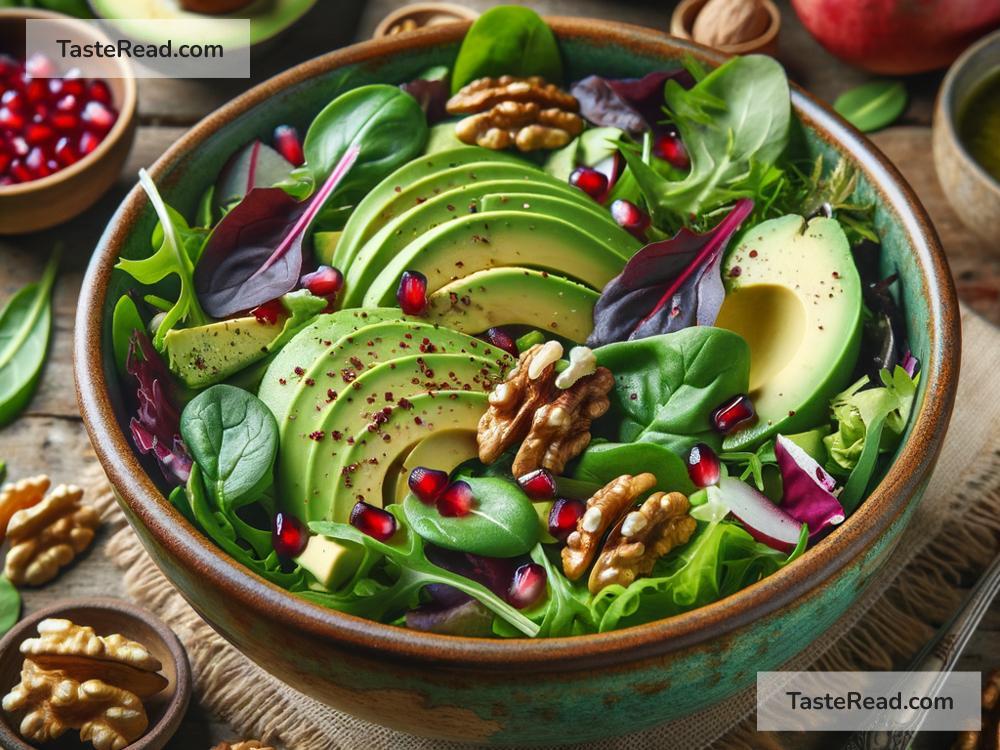Foods to Improve Heart Rate Variability (HRV): Eating Your Way to Better Health
When it comes to staying healthy, taking care of your heart is key. One important measure of heart health is called Heart Rate Variability (HRV). HRV refers to the slight changes in time between your heartbeats. Though it might sound technical, improving HRV can be one of the most important things you can do for your overall wellbeing.
A high HRV is a sign that your body is adaptable and resilient, while a low HRV can signal stress, fatigue, or potential health issues. Nutrition plays a crucial role in improving HRV, as the food you eat has a direct impact on your heart, nervous system, and overall health. In this blog post, we’ll explore some foods that can help boost HRV and keep your heart in tip-top shape.
Why Does HRV Matter?
Before diving into the foods, let’s quickly touch on why HRV is so important. A high HRV is linked to better physical performance, faster recovery, improved mental health, and a lower risk of heart disease. In contrast, a low HRV may mean your body is struggling to manage stress or recover from fatigue, which may lead to higher risks of health complications.
So, how can you improve HRV? While exercise, sleep, and stress management are key factors, what you eat also makes a huge difference.
Foods to Improve Heart Rate Variability
The foods below are packed with nutrients that support heart health, reduce inflammation, and promote a balanced nervous system—all of which contribute to better HRV.
1. Leafy Greens
Leafy greens like spinach, kale, and Swiss chard are loaded with magnesium, a mineral that plays a key role in regulating your nervous system. Magnesium helps your heart beat at a steady rhythm and reduces stress, both of which are essential for improving HRV. Additionally, these vegetables are high in antioxidants, which protect your heart from damage caused by inflammation.
How to enjoy them: Add leafy greens to your smoothies, salads, or sauté them as a simple side dish.
2. Fatty Fish
Fatty fish like salmon, mackerel, and sardines are rich in omega-3 fatty acids, which are known for their heart-protecting benefits. Omega-3s reduce inflammation, lower blood pressure, and improve circulation—all of which contribute to higher HRV. Studies have even shown that eating more omega-3-rich foods can directly enhance HRV.
How to enjoy them: Grill or bake fish for dinner, or try canned sardines as a quick and easy snack.
3. Berries
Berries like blueberries, strawberries, and raspberries are packed with antioxidants called polyphenols. These compounds help reduce oxidative stress and inflammation, promoting better heart health and HRV. Berries are also naturally low in sugar compared to many other fruits, making them a heart-friendly option.
How to enjoy them: Sprinkle berries on your oatmeal, yogurt, or enjoy them fresh as a snack.
4. Nuts and Seeds
Nuts like walnuts and almonds, as well as seeds like flaxseeds and chia seeds, are full of heart-healthy fats, magnesium, and fiber. These nutrients support a healthy cardiovascular system and improve the balance of your nervous system, contributing to higher HRV. Walnuts, in particular, are rich in omega-3 fatty acids, making them especially good for your heart.
How to enjoy them: Add nuts or seeds to your salads, smoothies, or eat a handful as a snack.
5. Dark Chocolate
Good news for chocolate lovers: dark chocolate (at least 70% cocoa) can actually help boost HRV! Dark chocolate contains flavonoids, antioxidants that help improve blood flow and lower inflammation in the body. Moderation is key, but small amounts of dark chocolate can be a heart-healthy treat.
How to enjoy it: Break off a square or two of dark chocolate as a dessert or add cocoa powder to smoothies for a nutrient boost.
6. Whole Grains
Whole grains like oats, quinoa, and brown rice provide your body with fiber, which helps regulate blood sugar levels and supports heart health. Keeping blood sugar stable is an important part of improving HRV, as spikes in sugar can stress your body and lower HRV over time.
How to enjoy them: Swap white rice and bread for whole-grain alternatives, or cook a batch of quinoa to pair with your meals.
7. Garlic
Garlic is not only a flavorful addition to your meals, but it also has powerful health benefits for your heart. Garlic contains allicin, a compound that helps reduce blood pressure and improve circulation. Better circulation means your heart can work more efficiently, paving the way for higher HRV.
How to enjoy it: Use fresh garlic in your cooking or roast whole garlic cloves as a side dish.
8. Avocados
Avocados are rich in healthy monounsaturated fats, magnesium, and potassium, which support heart health and reduce stress on your body. Their creamy texture and mild flavor make them a versatile and delicious addition to many dishes.
How to enjoy them: Mash avocados into guacamole, add slices to salads, or spread them on whole-grain toast.
Final Tips for Boosting HRV with Food
Eating the right foods is a great start, but don’t forget these additional tips to maximize the benefits for your HRV:
- Stay Hydrated: Water is essential for keeping your heart and body functioning properly.
- Limit Processed Foods: Excess sugar, unhealthy fats, and artificial ingredients can negatively affect HRV.
- Eat Mindfully: Slow down and enjoy your meals to reduce stress and aid digestion.
Improving your HRV doesn’t have to be complicated—sometimes, it’s as simple as what you put on your plate. By eating nutrient-rich, heart-friendly foods like leafy greens, fatty fish, and nuts, you can help your heart beat happily and keep your body resilient. The next time you plan your meals, remember: every bite can move you closer to healthier living!


